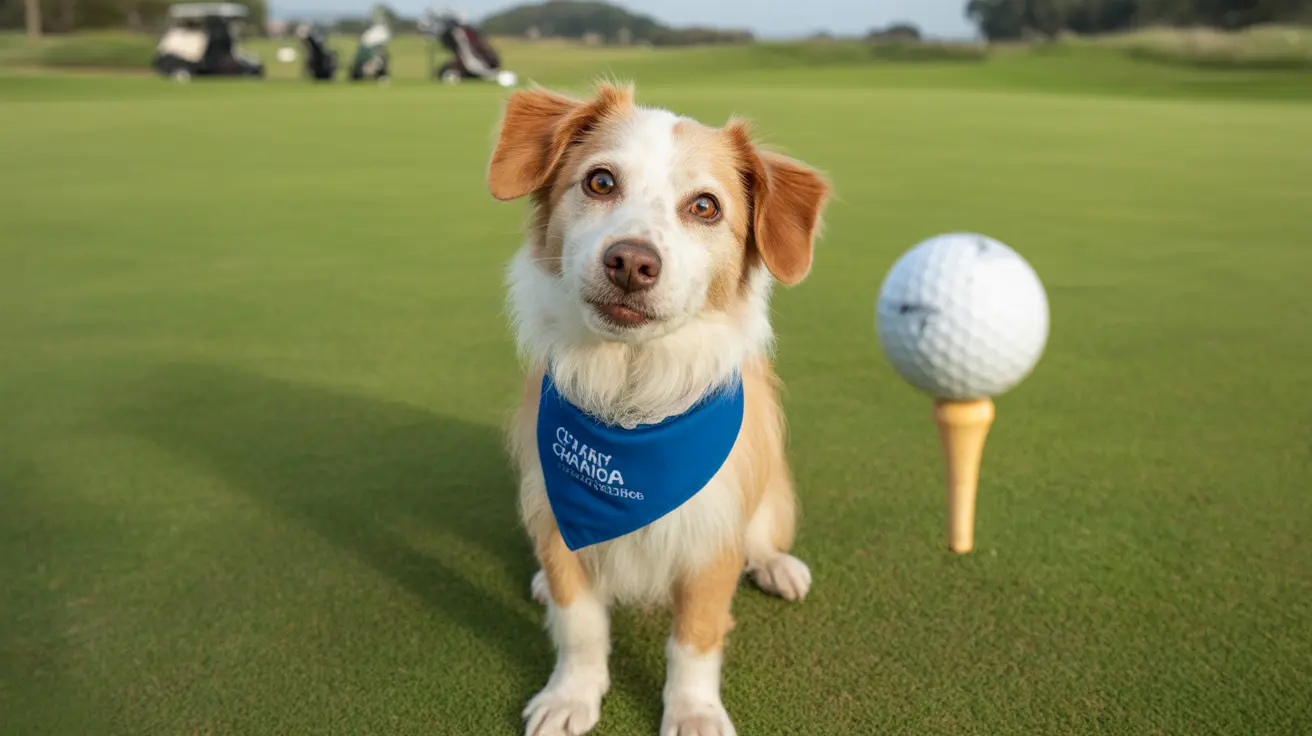Can Dogs Eat Vanilla Greek Yogurt? What Pet Owners Need to Know
Many pet owners enjoy sharing their favorite snacks with their furry companions, but not all human foods are safe for dogs. One popular treat, vanilla Greek yogurt, might seem like a healthy option due to its high protein content and probiotics. However, there are several factors to consider before offering your dog a spoonful.
What Is Vanilla Greek Yogurt?
Greek yogurt is a type of yogurt that has been strained to remove whey, resulting in a thicker texture and higher protein content. Vanilla Greek yogurt is simply Greek yogurt flavored with vanilla and often sweetened with added sugar or artificial sweeteners.
Is Greek Yogurt Safe for Dogs?
Plain Greek yogurt in moderation is generally safe for dogs. It can be a good source of:
- Probiotics – Promote gut health and digestion.
- Calcium – Supports bone and dental health.
- Protein – Aids in muscle development and maintenance.
However, there are important caveats when it comes to flavored varieties like vanilla.
Why Vanilla Flavoring Can Be Problematic
Adding vanilla to yogurt may introduce several ingredients that could be unsafe for dogs:
- Added sugar – Excess sugar can contribute to obesity, dental disease, and diabetes.
- Artificial sweeteners – Ingredients like xylitol are highly toxic to dogs and can lead to hypoglycemia, seizures, or even death.
- Natural and artificial flavors – These can sometimes be irritating to a dog’s digestive system or contain unsafe substances.
Signs of a Problem After Consumption
If your dog eats vanilla Greek yogurt, monitor them for any unusual symptoms. Common signs of a negative reaction include:
- Vomiting
- Diarrhea
- Lethargy
- Loss of appetite
- Increased thirst or urination
If any of these occur, especially if xylitol ingestion is suspected, contact your veterinarian immediately.
When Is It Okay to Give Dogs Yogurt?
If you want to share yogurt with your dog, choose plain, unsweetened Greek yogurt. Make sure it does not contain any sweeteners, artificial flavors, or preservatives. You can offer it to your dog in small amounts as a treat or mix it with their food.
How Much Yogurt Is Safe?
Moderation is key. A good rule of thumb is:
- Small dogs: 1 teaspoon per serving
- Medium dogs: 1 tablespoon
- Large dogs: Up to 2 tablespoons
Start with a small amount to ensure your dog tolerates it well, especially if it’s their first time eating yogurt.
Alternatives to Vanilla Greek Yogurt
If your dog enjoys yogurt but you want to avoid risky ingredients, consider the following alternatives:
- Plain Greek yogurt
- Unsweetened coconut yogurt
- Lactose-free plain yogurt
Tips for Feeding Yogurt Safely
- Always check the label for ingredients like xylitol.
- Opt for organic or natural brands with minimal processing.
- Use yogurt as a supplemental treat, not a meal replacement.
- Mix with healthy toppings like blueberries, pumpkin puree, or dog-safe peanut butter.
Veterinarian Recommendations
Before introducing any new food to your dog’s diet, consult your veterinarian. They can help determine whether yogurt is appropriate for your pet based on their age, breed, size, and health history.
Conclusion
Vanilla Greek yogurt isn’t inherently toxic to dogs, but the added sugars and possible presence of harmful sweeteners make it risky. If you're interested in giving your dog yogurt, stick to plain, unsweetened Greek yogurt in small quantities and always read ingredient labels carefully. By taking these precautions, you can safely treat your dog without compromising their health.





